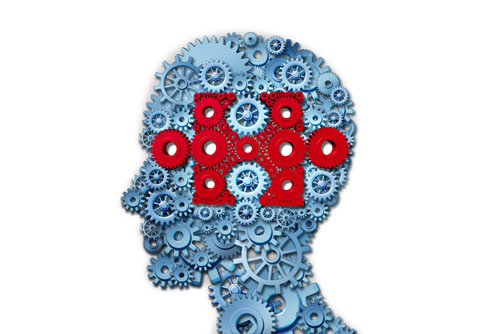
Tandem repeat mutations, found in non-coding areas of the DNA, could be linked to the presence of autism spectrum disorders, according to University of California researchers.
Autism is known to have a substantial genetic basis with both inherited, developmental and spontaneously occurring mutations contributing to its occurrence. Spontaneous, or de novo mutations, are thought to account for up to 30% of cases where only one child in a family is affected.
Melissa Gymrek, Ph.D., an assistant professor at UC San Diego, and UCLA-based associate professor Kirk Lohmueller, Ph.D., decided to investigate whether de novo tandem repeat mutations were linked to autism spectrum disorders. These types of mutations have been linked to neurological disorders in the past, but a possible association with autism has not previously been explored in depth.
“Few researchers really study these repetitive regions because they’re generally non-coding—they do not make proteins; their function is unclear; and they can be difficult to analyze,” said Gymrek.
“However, my lab has found these tandem repeats can influence gene expression, as well as the likelihood of developing certain conditions such as autism spectrum disorders.”
To test their theory, the researchers recruited more than 1,500 families comprising two parents, a neurotypical child and a child with an autism spectrum disorder.
Using a specialized bioinformatics program, many tandem repeat mutations were found in both groups of children, at an average of 50 such mutations per child. However, as described in the journal Nature, the rate of these mutations was moderately, but significantly higher in children with autism.
The overall number of tandem repeats was only around 3% higher in children with autism compared with their neurotypical siblings. However, when the researchers used a specialized algorithm that detects which tandem repeats are more likely to have a negative health effect, they found the difference between the two groups increased by more than twofold.
Significantly more potentially deleterious mutations were found in children with autism than neurotypical children, particularly rare mutations or those under strong negative selection.
The team also identified factors associated with risk for these de novo mutations. For example, children with older fathers had more tandem repeat mutations than those with younger fathers.
Mutations were concentrated in or around several genes already linked with autism spectrum disorders, such as PDCD1, KCNB1 and FOXP1, among others. But the team also identified some genes that have not previously been linked with autism.
“We want to learn more about what these novel ASD genes are doing,” said Gymrek. “It’s exciting because repeats have so much more variation compared to point mutations. We can learn quite a bit from a single location on the genome.”













